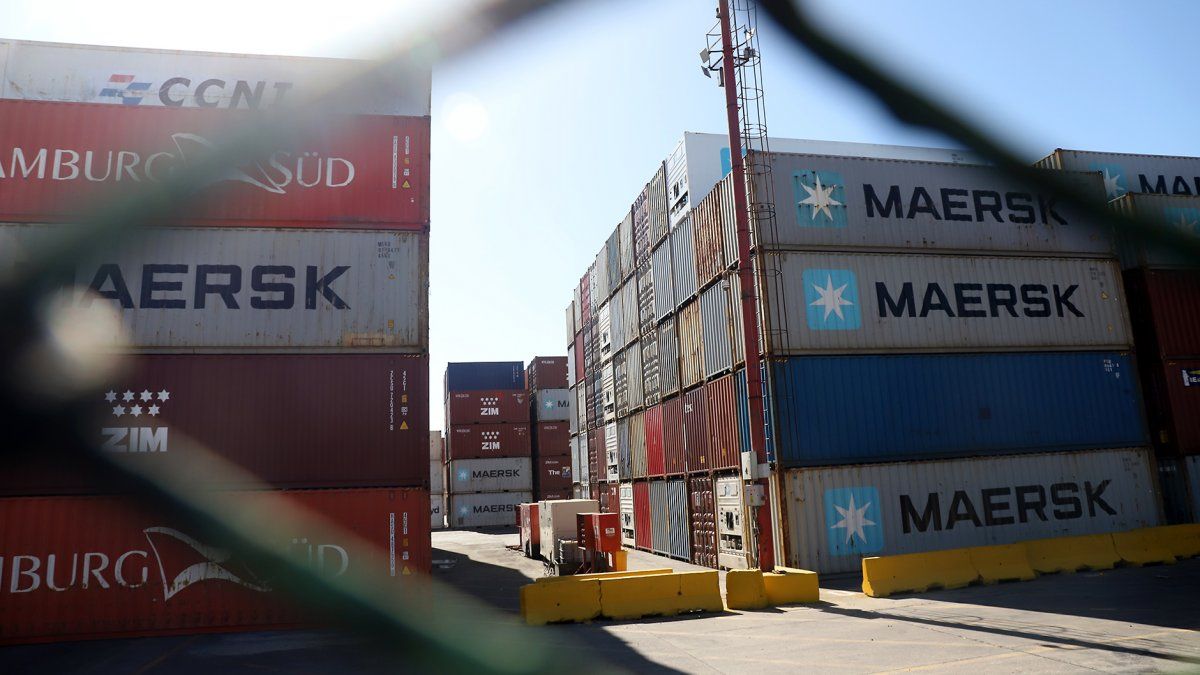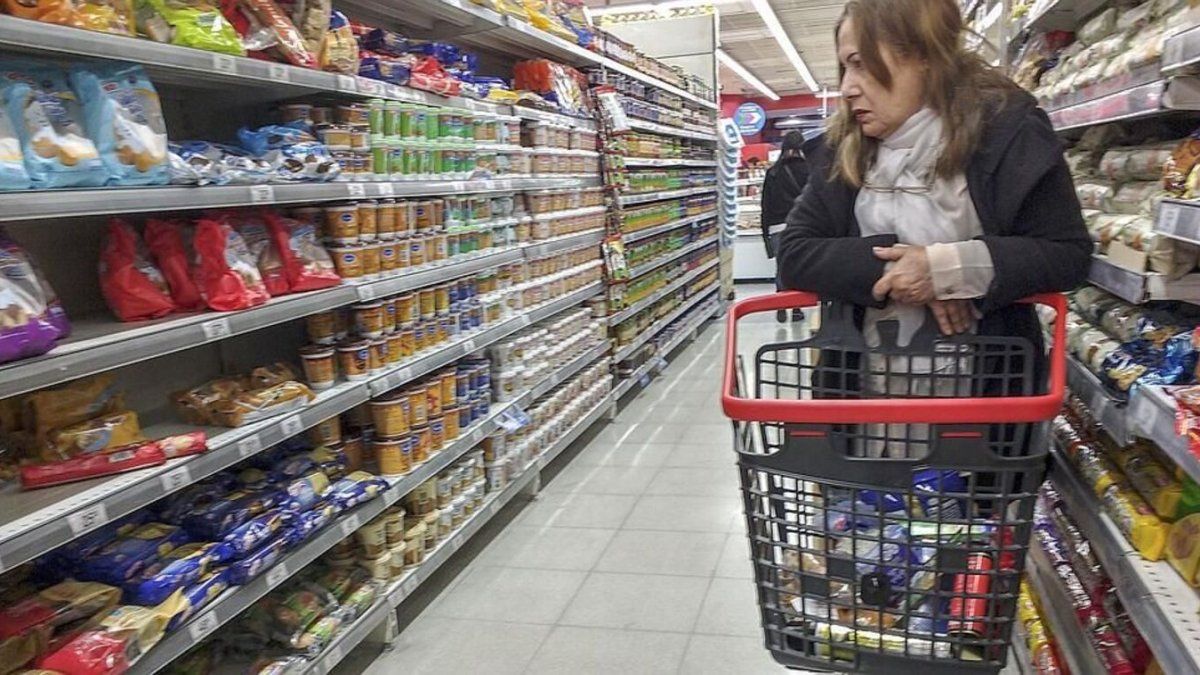Government announced new measures and the discussion began. In it import sectorthe widespread application of the PAIS tax for imported goods and services is already beginning to generate a run run in relation to the increase in costs and the impact on the final price.
The measure that has an impact on the importing sector is the generalization of the payment of COUNTRY tax 25% for the purchase of dollars destined to the payment of services abroad, except freight, to which a rate of 7.5% will be applied. Meanwhile, the recitals that already pay 30% will continue without changes. Among other items that will remain exempt are health, education, fuels, lubricants, goods linked to energy generation and intermediate goods from the food basket.
Something that is important to clarify is that the importation of goods and servicesbut the purchase of tickets to do that operation. Therefore, any importer that has its own Dollars you can use them without paying the tax. In addition, it applies to all payments that you want to make in the future regardless of whether the import has been made or not.
Despite the rise in rates, from the Government they affirm that the measures should not have impact in the inflation for two reasons. First of all, because the Commerce secretary will do the traceability and, secondly, because the imports of the food companies They are not included in the sectors that will suffer the increase in the cost of the dollar. Consulting firm Delphos Investment maintains that the impact of the announcements could reach 0.8% of GDP until the end of the current government.
Esteban Mazzoratti, former Director of Imports of the Nation, gave his opinion on the announcements in dialogue with Ambit: “The impact it has is that it is a pure cost, it is a tax, you have to see the eventual terms of a recovery, you have to see how it is implemented, but in principle the vast majority of importers will transfer it to price. That 7.5% or that 25%, a greater or lesser amount depending on the margins and the type of item, and ultimately what all these types of measures end up doing is impacting the final consumer and in the price of the goods you consume.
With the intervention of the Central Bank in futures, the dollar closed almost stable at $38.18 against a complex external front
“When there is a devaluation, always obviously in real terms, you somehow discourage imports and your exports they become more competitive. That is a basic rule of economics. So, if you advance with a devaluation, in terms of foreign trade, you are trying to resolve or balance that issue of balance of trade and the great demand for foreign currency that you are having. The great import pressure that you are having, is because you have a very cheap exchange rate”.
According to sources of companies consulted importers, the new announcements have “little taste” and do not rule out that the import pressure will continue despite the increase in the tax, due to the currency gap.
“It does not seem to have a significant effect on imports, as a consequence of this it will not have a significant effect on the level of reserves and as a consequence of this it will not have an impact on the balance of trade. In terms, if you want, fiscal or collection, we will have to see what the effect is but it also seems marginal, “said Mazzoratti.
Importers: can they get the dollars in the market or use their own dollars?
One of the recurring doubts that arose as soon as the measure became known is whether importers can resort to the financial dollar or use your own dollars to avoid paying the tax. In this sense, Mazzoratti expressed that although the application of 25% of the PAIS Tax impacts in terms of cost, it is “significantly lower” than paying with own dollars because there is an exchange rate gap of almost 100 points.
“The importer will continue to declare their SIRAS paying with access to the MULC, with the promise of access 60, 90, 180 days later and, well, pay at the time it is their turn to pay for that import. The other is that paying with your own dollars ends up being a situation that expedite the approval of SIRAS, which is not happening right now.” The consulted importers also denied the possibility of resorting to the financial market and for the moment, they do not rule out using their own dollars if necessary.
Import tax: what effect does it have on the real economy?
A recent report from ecolatin In relation to the new measures, he affirms that there are two collateral risks regarding the new import tax.
The first has to do with higher inflationary pressures. “Apply a import tax (increase replacement cost) means make goods and supplies more expensive used in production processes or final consumption of the economy, which generates a transfer to internal prices”. Secondly, it mentions those importers who hedged in future dollars or with dollar-linked instruments, which adjust under the official dollar (A3500).
“For an importer who had a future contract -which provides a kind of “insurance” in the event of a devaluation-, the coverage would lose effectiveness due to the sudden increase in the cost of its activity: its coverage would continue to be for the official dollar of $270, but for the purposes of continuing your Comercial activity You must buy the dollars between $290 (goods) and $340 (services)”.
Meanwhile, for Brian Torchia, Corporate Finance Manager at Pgk Consultores, a member of TGS Global, “carrying out an action in this sense is carrying out a devaluation In fact, in practical terms, it seeks to mitigate the political impact of seeing how the nominal exchange rate is corrected upwards since, if we add to this measure the fact of the existence of prime dollars for export, a higher effective exchange rate ends up being configured for both types of transaction (impo/expo), at least in general terms”.
Source: Ambito




